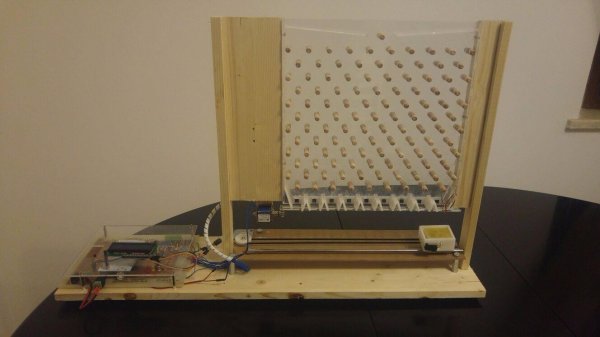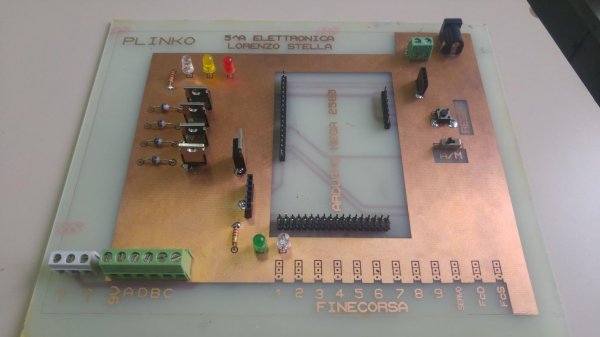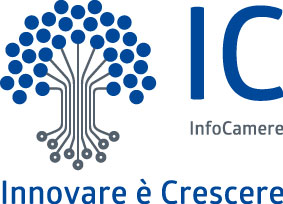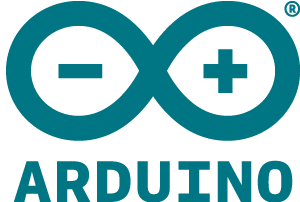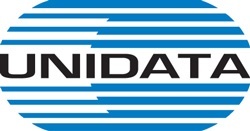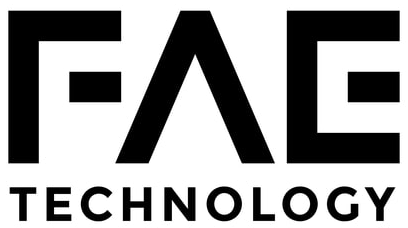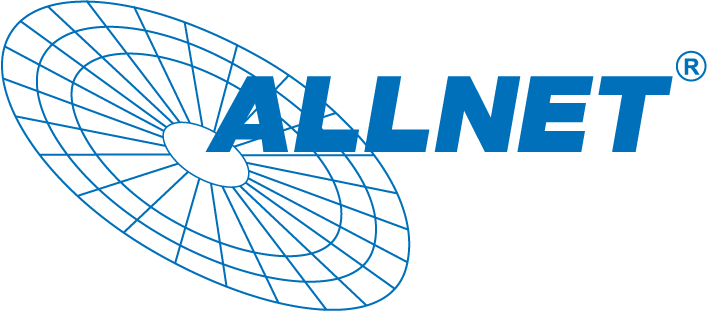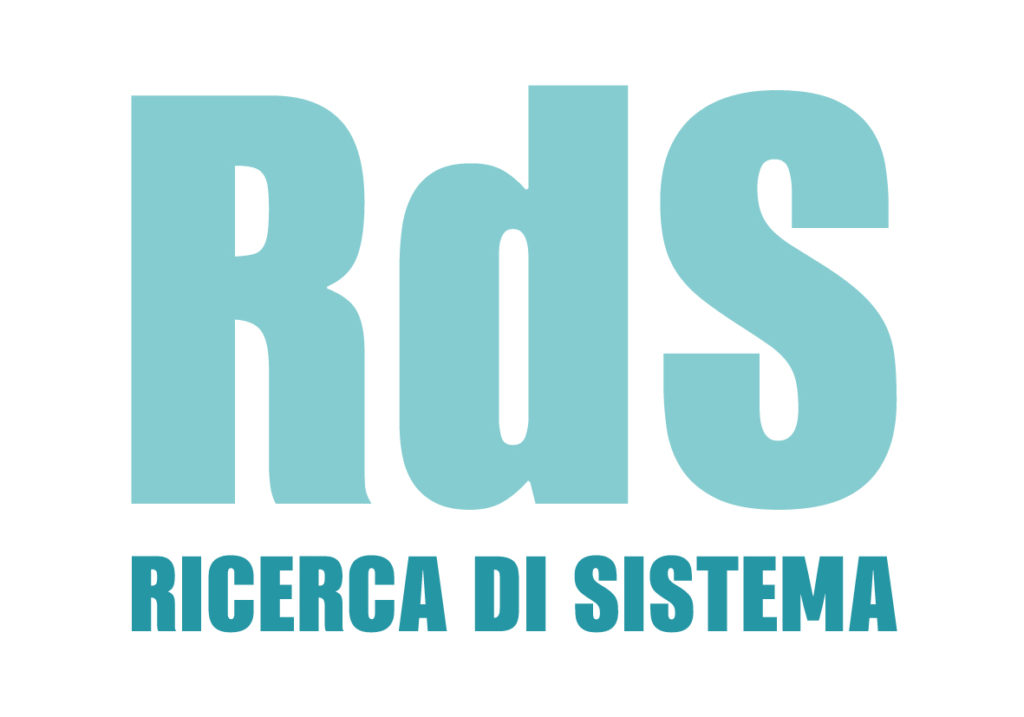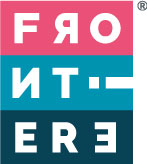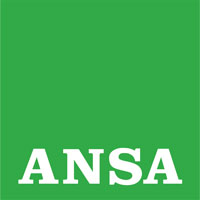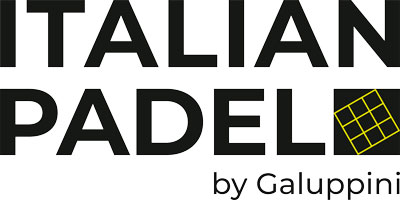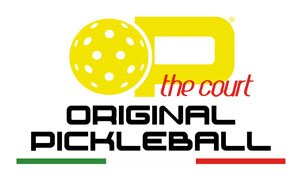Exhibitors 2018
- HOME AUTOMATION
- ROBOTICS
- YOUNG MAKERS (< 18)
- OPEN SOURCE
- 3D PRINTING
- DRONES
- EDUCATION
- FABRICATION
- HACKS
- NEW MANUFACTURING
- SCIENCE
- ENERGY & SUSTAINABILITY
- ART
- INTERNET OF THINGS
- MUSIC & SOUND
- RECYCLING & UPCYCLING
- KIDS & EDUCATION
- ARTISANS & NEW CRAFT
- CULTURAL HERITAGE
- GAMES
- WELLNESS & HEALTHCARE
- FASHION & WEARABLES
- FOOD & AGRICULTURE
- BIOLOGY
- 3D SCANNING
- AEROSPACE
- STEAM PUNK
- ARTIFICIAL INTELLIGENCE
- ARDUINO
- CROWDFUNDING
PLINKO
Fruit of inspiration by Galton, a particular statistical machine for the study of the binomial distribution, the probability to fun in a game Plinko combines "arcade" completely original.
I wanted to combine the basic format of the device (which is the simple wall with pegs) to electronics and robotics by creating a system of automatic/manual recollection and scoring criteria.
The game is to drop a ball over a wall with pegs, on which it will bounce randomly until the slots for points at the bottom. Here, you'll be taken through a special cart, and the system will assign the amount of points corresponding to the slot enabled.
Everything will evolve in two modes: one automatic (demonstration) and a manual!
In automatic mode, the operator must enter the ball, and the recollection will be handled by the microcontroller, which move the carriage to the given position (the position corresponding to the slot with the active sensor).
In manual mode, the operator after inserting the ball, will also have to pick it up with the cart, which will be driven by Smartphone via Bluetooth, via an APP that is created. Cause your recollection of the ball will be equivalent to the subtraction of points. There are three throws to score the highest score possible.
The idea of making "Plinko" came about during a visit to Rome, the electronics fair "Maker Faire", which annually brings together technical institutes and universities of Italy to present all kinds of inventions, robot and facilities. Among the various projects was the "machine of Galton". Apparently it may seem a simple game, however how this invention is based on clearly defined principles and mathematically proven, is a classic example of how math can make possible certain situations in context ben different from the theory.
I wanted to combine the basic format of the device (which is the simple wall with pegs) to electronics and robotics by creating a system of automatic/manual recollection and scoring criteria.
The game is to drop a ball over a wall with pegs, on which it will bounce randomly until the slots for points at the bottom. Here, you'll be taken through a special cart, and the system will assign the amount of points corresponding to the slot enabled.
Everything will evolve in two modes: one automatic (demonstration) and a manual!
In automatic mode, the operator must enter the ball, and the recollection will be handled by the microcontroller, which move the carriage to the given position (the position corresponding to the slot with the active sensor).
In manual mode, the operator after inserting the ball, will also have to pick it up with the cart, which will be driven by Smartphone via Bluetooth, via an APP that is created. Cause your recollection of the ball will be equivalent to the subtraction of points. There are three throws to score the highest score possible.
The idea of making "Plinko" came about during a visit to Rome, the electronics fair "Maker Faire", which annually brings together technical institutes and universities of Italy to present all kinds of inventions, robot and facilities. Among the various projects was the "machine of Galton". Apparently it may seem a simple game, however how this invention is based on clearly defined principles and mathematically proven, is a classic example of how math can make possible certain situations in context ben different from the theory.
Italy
Stella Lorenzo classe VA Elettronica e Robotica della scuola IIS Tito Sarrocchi di Siena.
Lorenzo Stella is a graduating student of the Electronic and Robotic Specialization at the high school Tito Sarrocchi of Siena.
In the last three years he has developed various robots that competed in national events such as Robofesta in Pisa, Robogame in Livorno, Romecup in Rome, and the national final of RobocupJR in Foligno in 2017.
Lorenzo would like to enroll in the faculty of Engineering next year.
In the last three years he has developed various robots that competed in national events such as Robofesta in Pisa, Robogame in Livorno, Romecup in Rome, and the national final of RobocupJR in Foligno in 2017.
Lorenzo would like to enroll in the faculty of Engineering next year.
D17 (pav. 9)


